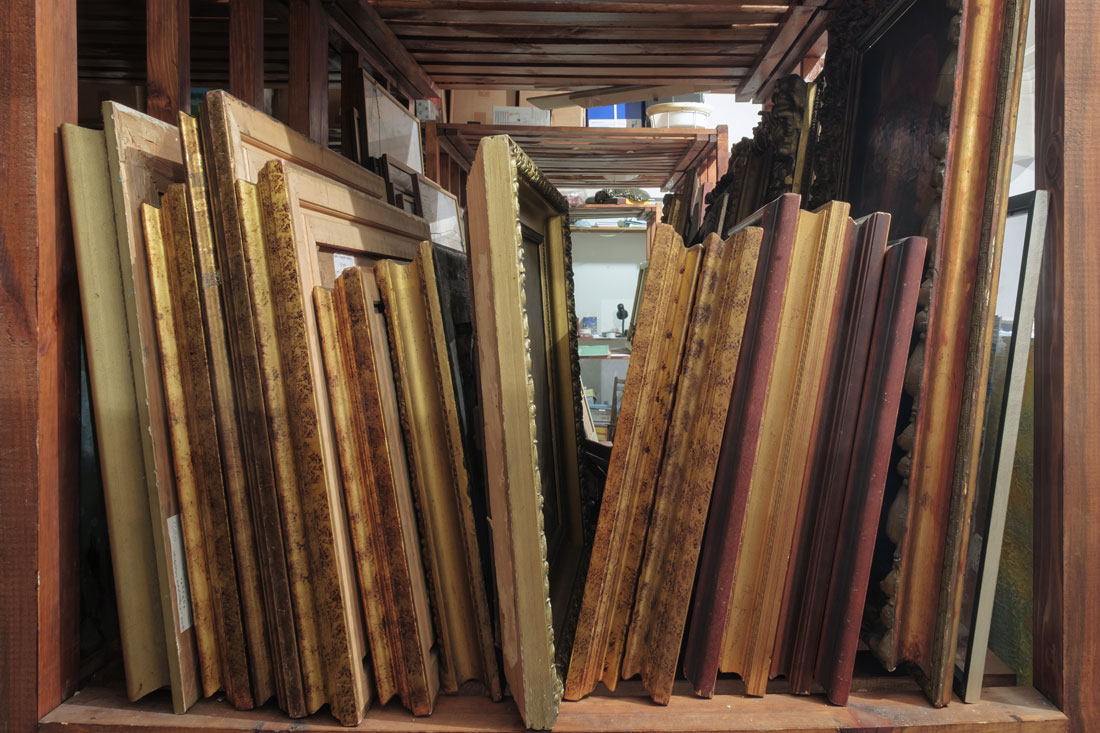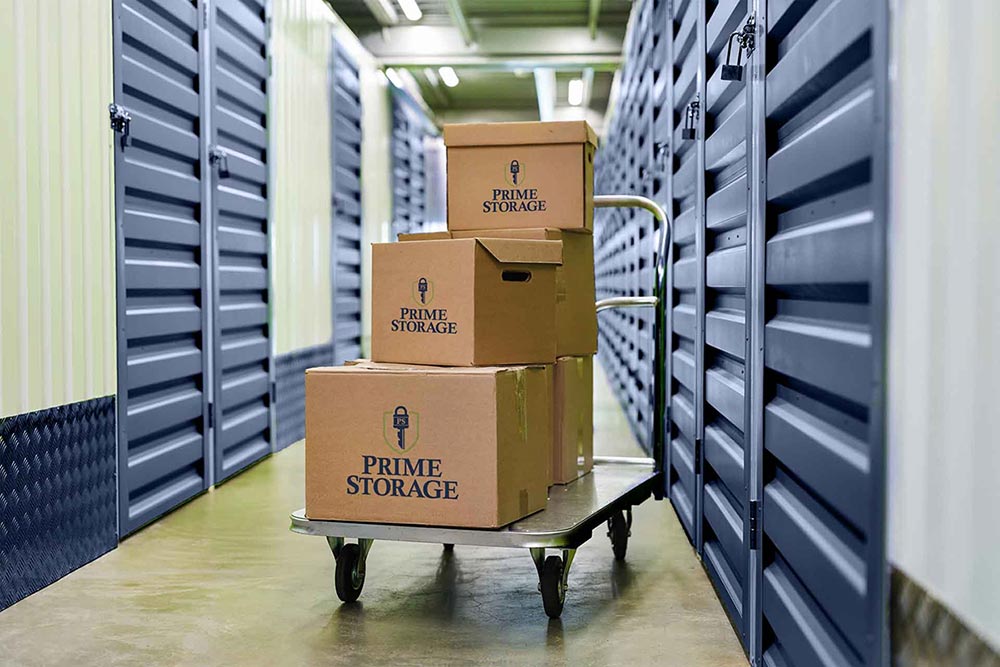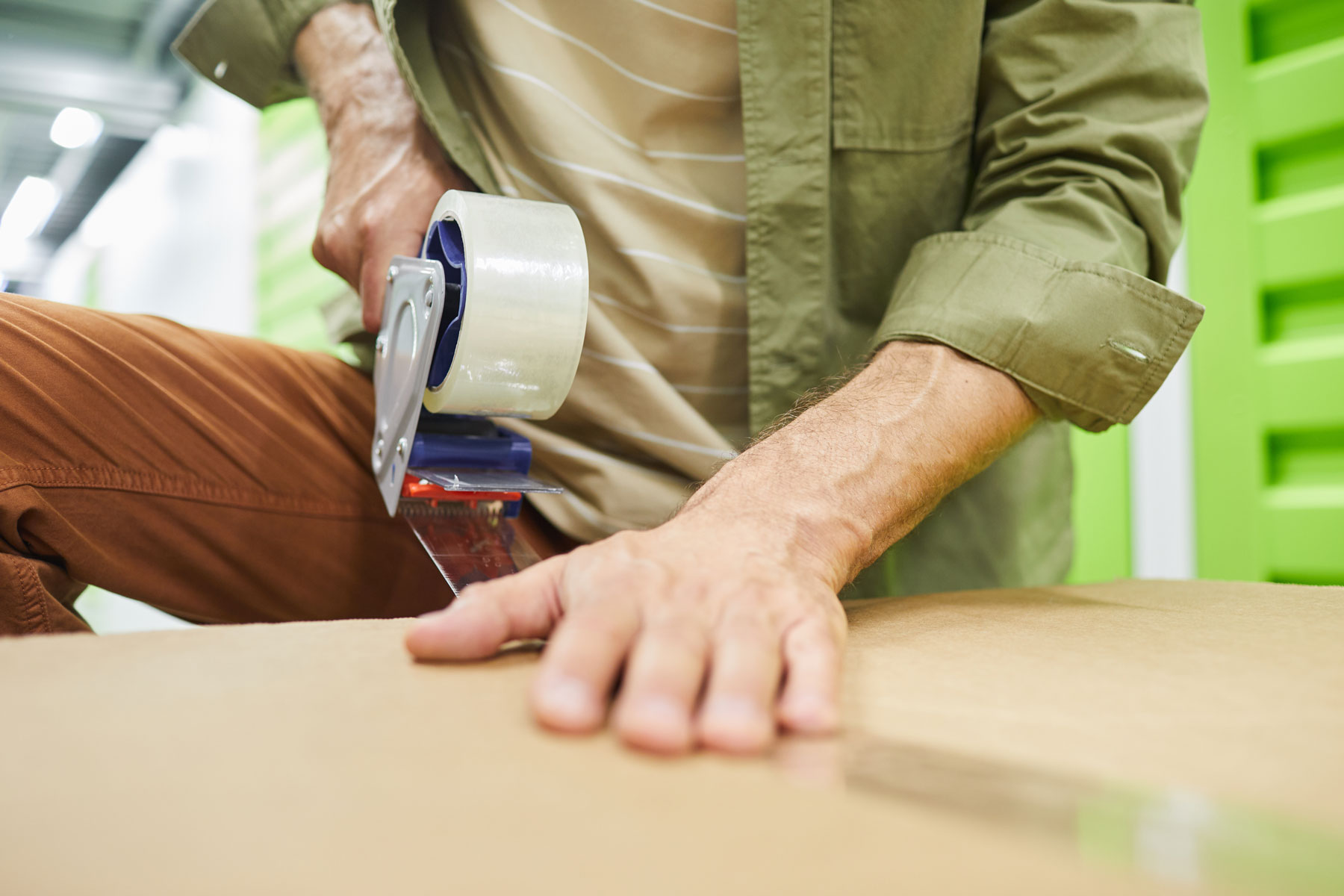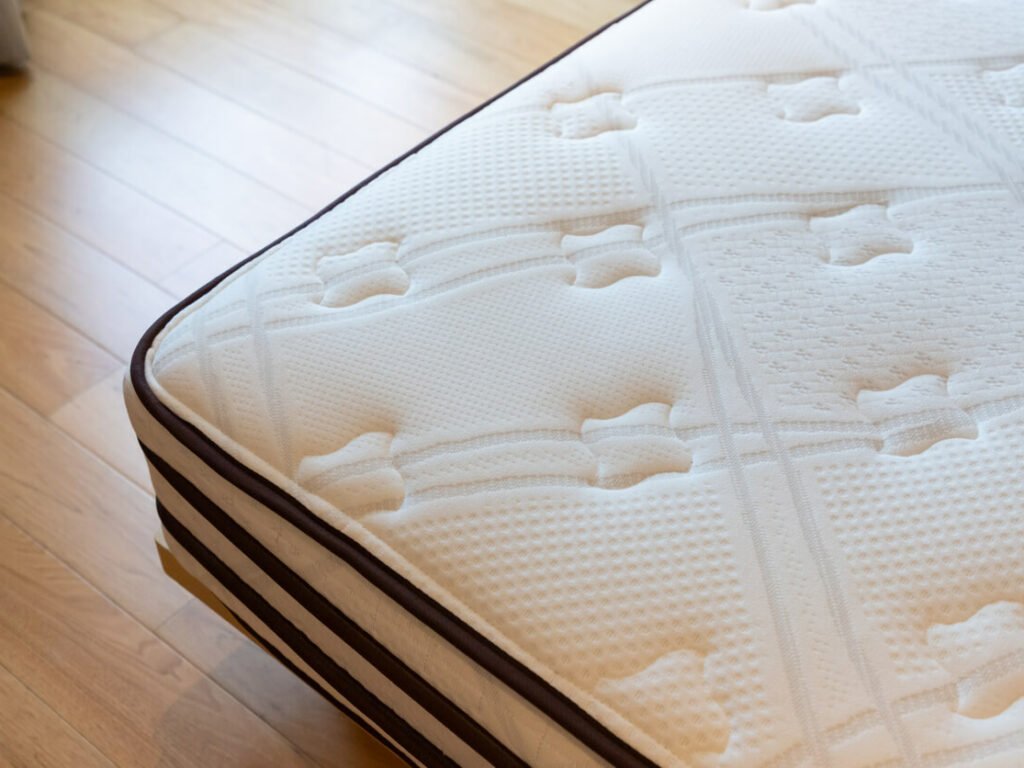
Whether you’re an artist filling your own canvases, an avid collector, or someone with an eye for interior design, preserving your precious pieces for storage is a must. But this can be challenging at times. It’s so much more than just wrapping things in newspapers and stacking them in a corner. Art pieces are delicate and very susceptible to moisture, breakage, tears, smudges, stains, fading, and impact.
So, avoid ruining your investments or hard work if you need to put them in storage. It doesn’t matter if it’s for an upcoming exhibit, home staging, or move. We’ve got just the tips on how to store your art collection in the right way to help keep it in pristine condition.
Don’ts
Store artwork in environments with extreme temperature fluctuations.
The first rule when it comes to storing artwork is to keep it in a controlled environment. Too much cold and heat, or rapid fluctuations between the two, can cause pieces to crack, warp, or break. You also want to avoid locations that are damp, too dry, or too bright. Dampness can lead to mold, while dryness can lead to cracking or flaking, and too much sunlight or bright light can cause some pigments to fade. In some instances, varnishing or spraying certain mediums with sealant can help protect against fading.
The potential damage associated with these factors will vary based on the material that your artwork is made of. For example, cotton canvas is more susceptible to warping under extreme temperatures or humidity. This automatically rules out using your basement or attic to store artwork. In fact, art is difficult to store in a lot of environments, leaving locations with a set temperature range year-round as the ideal place to store paintings and other pieces.

Stack paintings on top of each other.
One easy mistake to make when storing paintings is to stack them horizontally like you would boxes. This is a nearly surefire way to damage your pieces, especially those on the bottom of the pile. The weight can cause frames to crack, and any shifting could cause smudges or punctures on the canvas.
Even if it’s just one painting, you still risk damage by laying it flat. The canvas can easily warp or stretch or be stepped on by mistake. And if something falls on top of the painting, it will most likely rip. The best way to store artwork safely is to keep it upright on its frame or rolled up inside a tube if it’s not on canvas. Another option is to invest in a canvas storage rack if you have multiple paintings and don’t want to take up too much floor space.
Forget to check on your paintings once in a while.
Too often, we put things in storage just to forget about them or leave them for long periods of time. While this may work fine for some belongings, it’s not the best course of action when storing delicate artwork. When you store items that are prone to damage, it’s best to check on them regularly. And that’s not to say you should be a worry wart and check on your artwork weekly. You can if you want to, but once every few months should suffice.
Do’s
Avoid contact as much as possible.
Artwork, and paintings especially, are susceptible to smudging and oils from fingerprints; the less contact you have with them, the better. So how do you go about storing them? It is best to avoid touching them directly. You can choose to wear gloves if you want to be particularly cautious, but covering your artwork before packing it away works just fine.
If you want an easy method for protecting your artwork, then acid-free paper, also known as archival paper, is the way to go. This will not only act as a barrier between yourself and the art but can also help keep it clean from dust and other debris. Plus, it provides some extra padding during the packing and moving process.
Seal artwork in foam board and place it in a cardboard box.
Proper painting storage requires a few steps but may be necessary to protect the artwork. Once the art has been properly wrapped, place it in a well-fitting Styrofoam box or slide acid-free foam board between each painting. You can also protect the canvas or frame corners by sticking on some foam corner protectors. Then, place the artwork into a cardboard box and pack any gaps with packing material. If you don’t have the box the painting came in, mirror boxes, archival art boxes, or large, flat boxes provide a great solution. Just make sure the boxes are clean!
The packing material you use can be newspaper, bubble wrap, etc. It is recommended that you avoid flimsy materials, like packing peanuts, that can deflate or settle over time, as this will create gaps. Again, this should fit so the art won’t move around too much, and potentially become damaged. Once all spaces are secured, seal the box with packing tape and label it. If you’re using a moving service, don’t forget to mark the boxes as “fragile” and use an arrow sticker to direct which way they need to be stored. You can also get a label that combines both instructions.

Get insurance for your artwork.
If you’re an art aficionado with a valuable collection, you probably already have insurance for your pieces. But if you’re just storing on the fly, whether you’re storing paintings at home or in a storage unit, it’s a good idea to get a proper assessment of your artwork and consider insuring each piece.
Insuring your artwork can provide peace of mind when storing delicate items. It’s also smart to make a list of each painting by title and artist and take photos to document all of your pieces. This can be useful in the future when trying to ascertain what you were storing and where.
Utilize climate controlled storage.
A great way to store paintings and other artwork is in a climate controlled storage unit. Prime offers this feature at several locations across the country. Our climate controlled units are kept within a specific temperature range year-round, helping to protect items from more extreme temperature fluctuations. These storage units are also generally indoors and attract less dust and debris than can be found in drive-up units. So, satisfy your art storage needs and find a climate controlled storage unit near you today!





